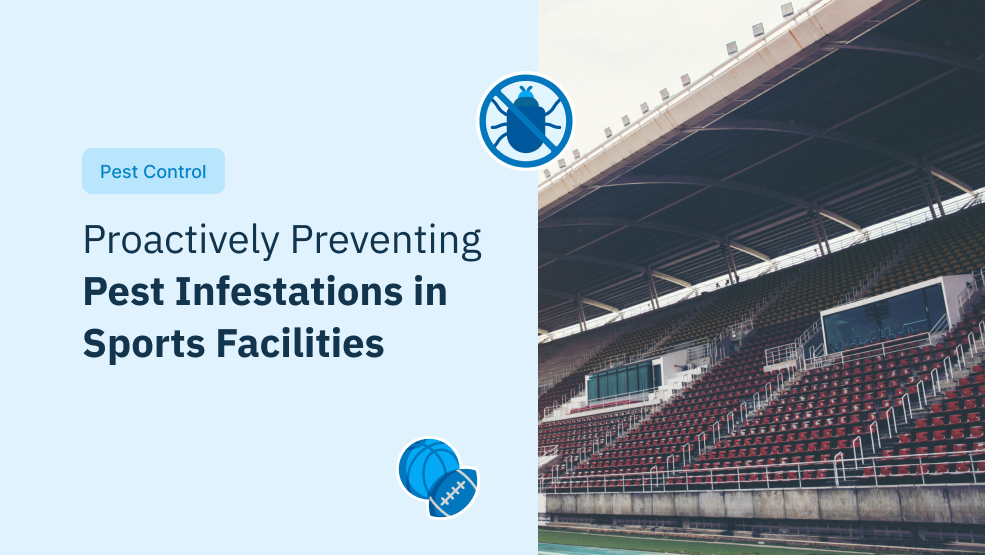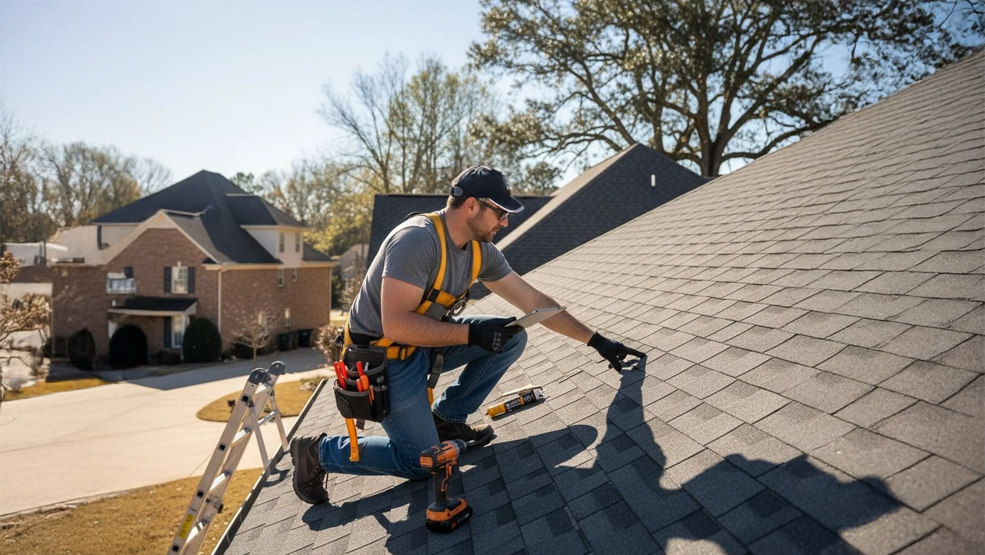The prestigious Wimbledon tennis tournament at Henman Hill faced a major disruption due to a severe infestation of flying ants. These insects swarmed the courts, causing players to swat them away and fans to cover their faces in discomfort. The situation became so bad that the organizers had to step in. However, despite their best efforts, the pesky insects continued to plague the event, leading to complaints from players and spectators alike. The incident tarnished the reputation of one of the most prominent sporting events in the world. It served as a reminder of the havoc unchecked pest infestations can wreak on sports facilities.
The United States pest control industry is estimated to have a market value of over $26.2 billion in 2023, which is a considerable increase from the market’s value of $14.3 billion U.S. dollars in 2012; this is a clear sign that sports facilities in the United States are serious about keeping their facilities free from pests. The financial sting of a pest infestation in a sports facility goes far beyond the initial cost of an exterminator. While eliminating unwelcome guests is crucial, the financial costs and damage to reputation associated with their presence can have a significant impact on your bottom line. Here’s why a proactive approach to pest prevention is essential for any sports facility manager.
First, consider the long-term impact on the facility itself. Rodents, notorious for their relentless chewing, can wreak havoc on electrical wiring, insulation, and even structural elements. This damage necessitates costly repairs and replacements, potentially disrupting operations and impacting future events. Bird droppings, with their corrosive nature, can stain and damage the surface of buildings, requiring costly maintenance and cleaning. Additionally, insect activity can compromise sensitive equipment and technology within the facility, leading to further repair or replacement costs. Beyond the physical damage, pest infestations can lead to a significant loss of revenue. Imagine a scenario where a health inspector shuts down the facility due to a rodent or cockroach infestation. This unexpected closure can disrupt scheduled events, leading to lost revenue from ticket sales, concessions, and even potential sponsorship deals. The cancellation scramble could also damage relationships with event organizers and disappoint loyal patrons, potentially impacting future bookings.
Perhaps the most insidious hidden cost lies in the realm of reputation. News of a pest problem at a sports facility can spread quickly, tarnishing its image and deterring future use. Athletes, spectators, and even potential sponsors might be hesitant to book events at a facility known for pest issues. This negative publicity can lead to declining ticket sales, sponsorships, and overall facility usage, resulting in a significant financial blow. Investing in a comprehensive pest prevention program upfront is a wise financial decision. It minimizes the risk of costly repairs, protects valuable equipment, and safeguards the facility’s reputation. By prioritizing proactive measures like exclusion strategies, sanitation practices, and regular inspections, you can create a pest-free environment that protects your investment and ensures a positive experience for athletes, spectators, and everyone associated with your sports facility. After all, a well-maintained, pest-free facility fosters a winning environment for everyone involved.
Understanding pest infestations in sports facilities
Imagine your sports facility is packed while the crowd erupts as the winning goal sails into the net. Suddenly, the celebration screeches to a halt, and a cockroach scurries across the concession stand counter. This unwanted spectator is just one example of the many pest problems that can plague sports facilities. From scurrying rodents to buzzing insects and unwelcome birds, pest infestations pose a significant threat to your facility’s smooth operation and reputation. With their sharp teeth and relentless burrowing, rodents can chew through wires, damage insulation, and even compromise structural integrity. Insects like cockroaches and ants contaminate food and surfaces, while flies create a nuisance for athletes and spectators. Bird droppings not only pose health risks but also damage surfaces and equipment.
The consequences of these infestations extend far beyond a creepy-crawly encounter. Structural damage necessitates costly repairs, while health risks associated with pests can put athletes, staff, and spectators at risk. Disruptions to operations due to closures for pest control or cleaning can lead to lost revenue and a tarnished reputation. The good news is that you don’t have to surrender your facility to these unwelcome guests. Implementing a proactive pest control strategy can create a winning environment for athletes, fans, and your bottom line. In the following sections, we’ll explore the threats posed by different pests and explore effective prevention methods to keep your sports facility pest-free.
Implementing Integrated Pest Management (IPM) into your sports facility
Traditionally, pest control relied heavily on reactive measures like chemical extermination. However, a more strategic and sustainable approach exists, Integrated Pest Management (IPM). IPM focuses on prevention rather than just eradication. This comprehensive program utilizes a combination of methods to control pests while minimizing environmental impact.
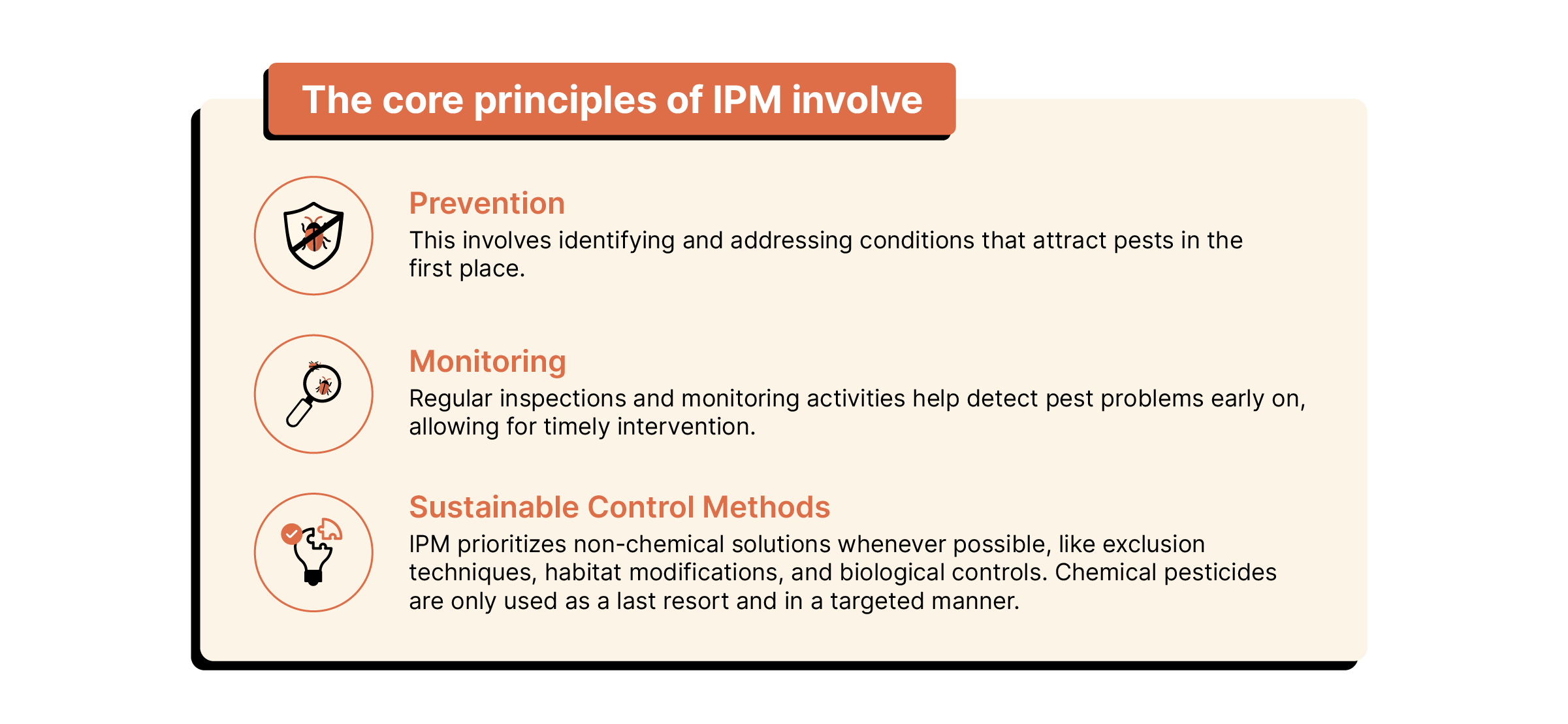
There are numerous benefits to implementing an IPM program in your sports facility. First, it allows for reduced reliance on harsh chemicals, creating a safer environment for athletes, staff, and spectators. Second, by focusing on prevention, IPM minimizes the need for emergency pest control measures, leading to cost savings in the long run. Finally, IPM promotes environmental responsibility by minimizing the use of chemical pesticides, reducing potential harm to the environment and wildlife.
So, how do you put an IPM program into action for your sports facility? Here are some key components:

By embracing an IPM approach, sports facilities can win the war on pests while creating a safer, healthier, and more sustainable environment for everyone. In the next section, we’ll discuss facility maintenance and structural integrity in sports facilities.
Sports facility maintenance and structural integrity
The first line of defense in your fight against pests is a well-maintained facility. Pests are opportunistic creatures, readily exploiting any weakness in your building’s defenses. Here’s how proper facility maintenance can keep unwelcome guests at bay.
Imagine your sports facility as a fortress—any cracks or openings in the walls or foundation act like open gates for invading pests. Regular inspections are crucial for identifying these potential entry points. Identify gaps around doors, loose weather stripping, and cracks in walls and floors; seal these openings with appropriate materials like caulk or weather stripping. Don’t forget about the roof—even small openings around vent pipes or damaged shingles can become entry points for birds and rodents. Maintaining your facility’s structural integrity is another vital aspect of pest prevention. Moisture problems, like leaky pipes or condensation build-up, create a welcoming environment for moisture-loving pests like cockroaches and mold. Address any water leaks promptly and ensure proper ventilation to prevent moisture build-up. You should also repair damaged screens on windows and doors to prevent flying insects from getting in.
By prioritizing preventative maintenance, you create a formidable barrier against pests. Think of it as patching up the holes in your armor – a well-maintained facility is less likely to attract unwanted visitors in the first place. In the next section, we’ll explore the importance of solid sanitation practices and how hygiene habits can play a crucial role in keeping your sports facility pest-free.
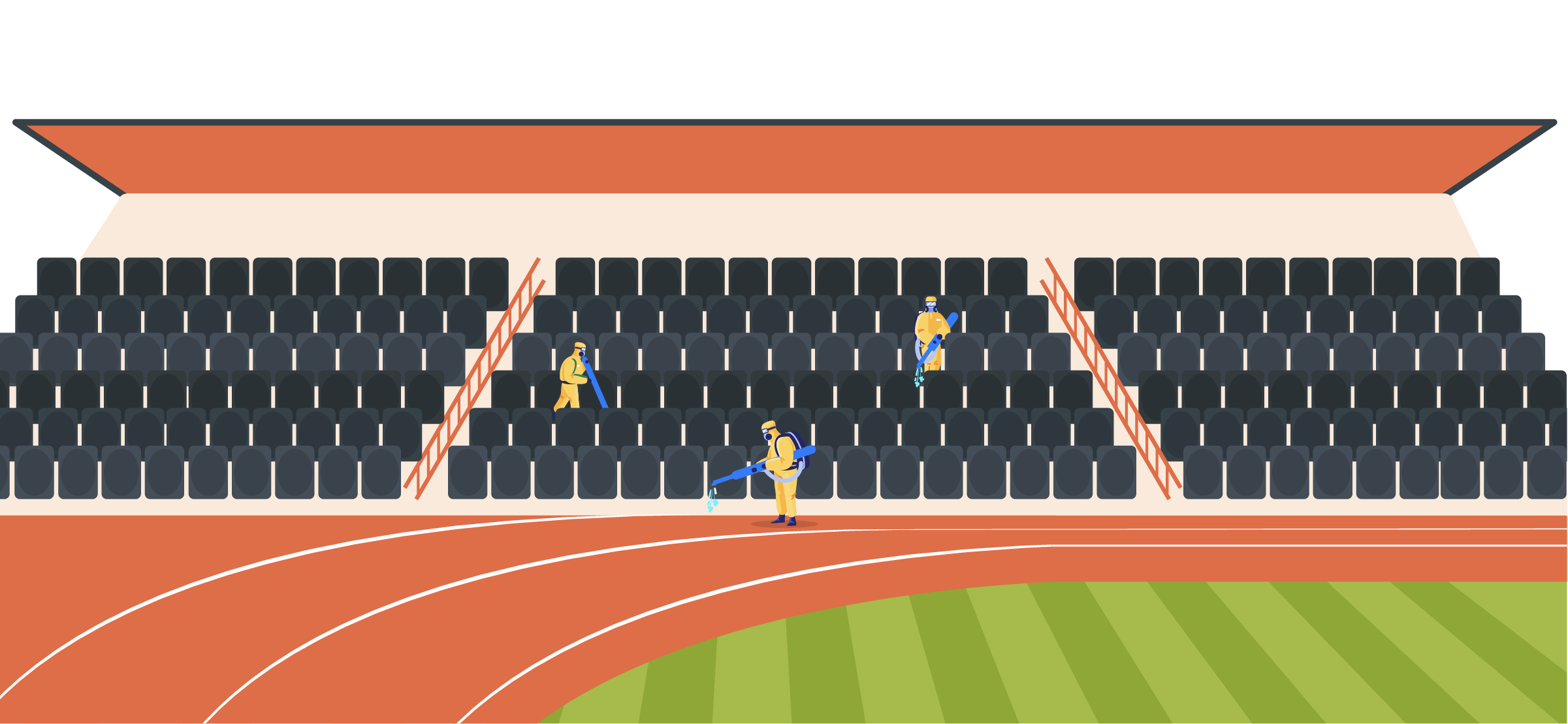
Sanitation practices for pest control
The insecticide market worldwide witnessed a consistent upward trajectory between 2020 and 2022. In 2020, the market value stood at $16.7 billion, which escalated to $19.5 billion by 2022. This growth pattern is poised to continue in the coming years. Projections for 2023 indicated that the market value will soar to $21 billion. Furthermore, by 2027, the insecticide market is expected to reach a staggering $28.2 billion, reflecting a remarkable growth trend over the seven-year period.

While a well-maintained building is essential, creating a pest-free environment hinges on strong sanitation practices. Pests thrive on readily available food and water sources. By eliminating these sources, you significantly reduce the appeal of your sports facility to unwelcome guests. Effective waste management is the cornerstone of good sanitation. Empty trash cans regularly and ensure they have tight-fitting lids to prevent pests from accessing discarded food and drinks. Store food properly in sealed containers and avoid leaving crumbs or spills on floors or counters. Clean up spills promptly and maintain a clean working environment throughout the facility. Don’t forget about outdoor areas—regularly remove debris and fallen leaves that can provide shelter and breeding grounds for pests.
Empowering your employees with the knowledge of proper sanitation practices is crucial in maintaining a pest-free environment. Train them on identifying potential pest attractants and the importance of cleaning protocols. This includes proper storage procedures for food and cleaning supplies and effective methods for cleaning restrooms, locker rooms, and concession areas. By emphasizing good sanitation habits and employee training, you create a proactive defense against pests. Remember, preventing a mess is much easier than cleaning up after an infestation. In the next section, we’ll explore the benefits of regular inspections and monitoring programs for early detection of pest activity.
Monitoring pests and early detection
The best defense is a good offense, and the same holds true in the fight against pests. A comprehensive pest monitoring program allows for early detection of pest activity, enabling a swift and targeted response before a full-blown infestation takes hold. Proactive monitoring helps you stay ahead of the curve. Imagine you discover a small army of ants marching across your concession stand counter. By the time this becomes evident, the infestation might be well established. Regular monitoring allows you to detect pest activity in its early stages, often before it becomes a visible nuisance. This early detection is crucial for implementing targeted control measures before the problem escalates.
There are various tools and techniques for effective pest monitoring. Visual inspections by trained personnel are a fundamental first step. Inspecting potential entry points, food storage areas, and common hiding spots for pests can reveal signs of activity like droppings, gnaw marks, or nesting materials. Additionally, consider utilizing pheromone traps that attract specific pests, like cockroaches or moths. Electronic monitoring devices can also be valuable tools, providing real-time data on pest activity and will help you identify trends. The key to a successful monitoring program lies in its consistency. Regular inspections, combined with data analysis from traps and other monitoring devices, allow you to identify potential problems early on. This swift response minimizes the need for extensive pest control measures and ensures a more cost-effective approach. Prioritizing early detection can effectively disrupt pest lifecycles and prevent minor problems from snowballing into major headaches. In the next section, we’ll look at how environmental factors and landscape management impact pests found in sports facilities.
Environmental factors and landscape management that impact pest control
The fight against pests extends beyond the walls of your sports facility. Environmental factors like climate, vegetation, and water sources can all significantly attract unwanted guests. Here’s how to create a less hospitable environment for pests through strategic landscape management. A lush green landscape with overgrown shrubs and standing water might look picturesque, but it also provides a perfect breeding ground for mosquitoes and other moisture-loving pests. Proper drainage is crucial to prevent stagnant water from accumulating. Maintaining a well-trimmed, clean landscape eliminates hiding spots and reduces food sources for pests that might feed on decaying leaves or plant debris.
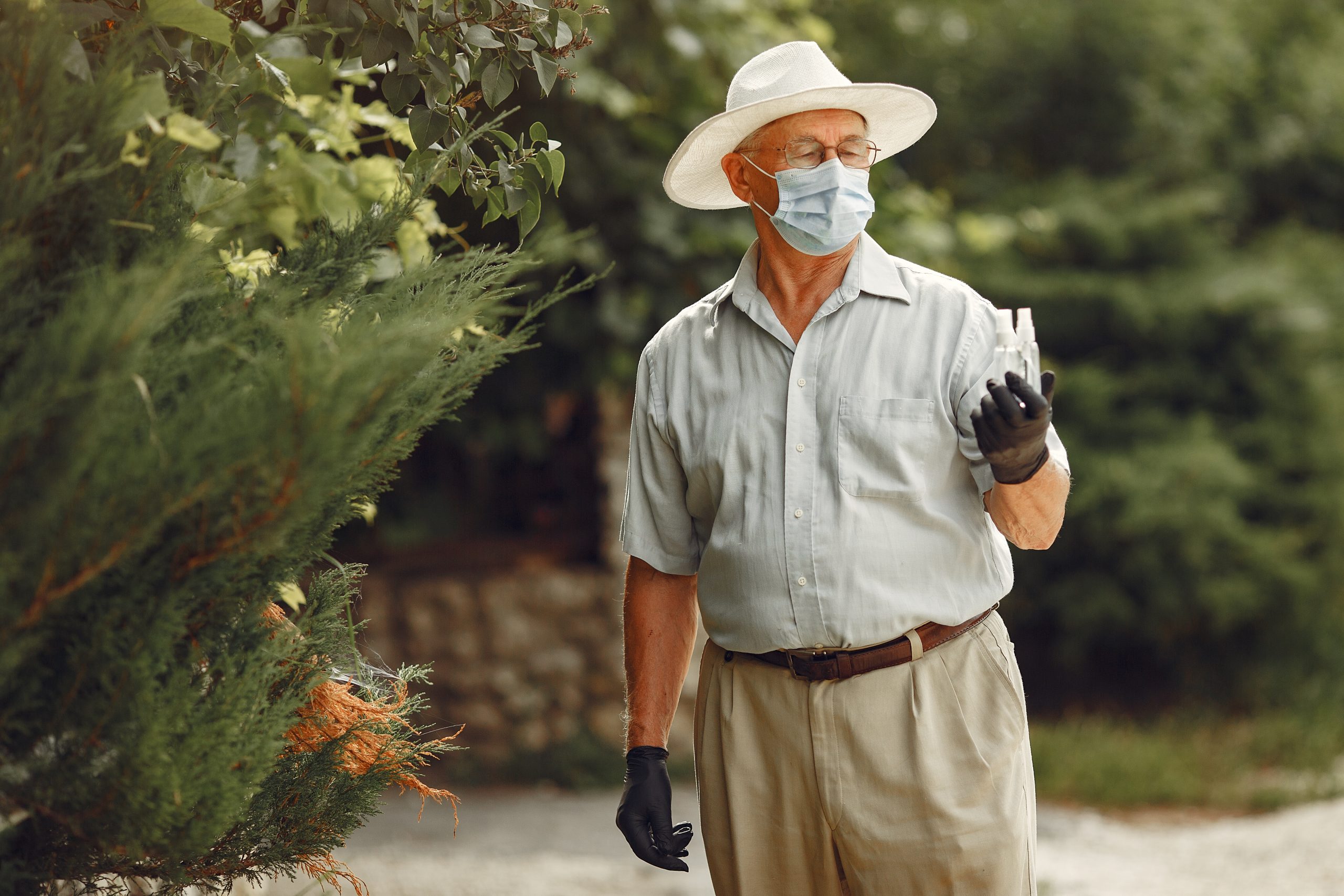
Additionally, consider the type of vegetation surrounding your facility. Choose plants that are less likely to attract pests and avoid planting trees or shrubs directly next to buildings, as they can create convenient pathways for insects and rodents. While traditional pest control methods are effective, exploring more sustainable solutions like natural deterrents and biological control can be beneficial. Utilizing plants with natural pest-repelling properties, like citronella grass or lavender, can create a less hospitable environment for some pests. Introducing beneficial insects like ladybugs or lacewings can help naturally control populations of aphids and other harmful insects.
Facility design and construction considerations for pest management
While ongoing maintenance and proactive strategies are crucial, the fight against pests can begin even before a single brick is laid. By incorporating pest control considerations during your sports facility’s design and construction phases, you can build a stronger defense against unwanted guests from the very start. Imagine a blueprint where potential pest entry points, like gaps around pipes or poorly sealed utility penetrations, are overlooked. These seemingly minor details can create significant vulnerabilities later. Consulting with a qualified pest control professional during the planning stages can help identify these potential issues and recommend preventative measures.
Choosing pest-resistant building materials is a wise investment. Use materials less susceptible to gnawing or burrowing by rodents, like sealed concrete or metal sheeting. Ensure proper drainage systems are in place to prevent moisture build-up, which attracts moisture-loving pests. Facility layout can also play a role in pest control. Consider separating food preparation areas from waste disposal areas and minimizing potential harborage sites for pests by avoiding cluttered storage spaces. This proactive approach saves you money in the long run and ensures a cleaner, healthier environment for athletes, staff, and spectators.
The importance of employee training and awareness
The employees at your sports facility are your frontline defense against pests. Equipping them with the knowledge and skills to identify potential problems is crucial for maintaining a pest-free environment. If a staff member notices rodent droppings in a storage area but doesn’t understand the significance or the proper reporting procedure. This missed opportunity could lead to a larger infestation if not addressed promptly. Regular employee training sessions on pest identification are essential. Educate staff on recognizing pests common to sports facilities, like rodents, insects, and birds. This knowledge empowers them to identify potential problems early on. Train staff on proper reporting procedures for any signs of pest activity, ensuring prompt communication with management and pest control professionals. By encouraging a culture of awareness and empowering your employees with knowledge, a network of watchful eyes is created. Enabling your staff to actively get involved in maintaining a pest-free environment plays a vital role in protecting your facility and its reputation.
Collaborating with professional pest control services
You don’t have to fight the pest battle alone; partnering with a reputable pest control company brings a wealth of expertise and resources to the table. Experienced professionals can conduct regular inspections to identify potential problems before they escalate. They work with you to develop customized treatment plans specific to your sports facility and the types of pests you encounter. Regular communication with your pest control partner ensures a proactive approach, allowing them to adapt strategies as needed.
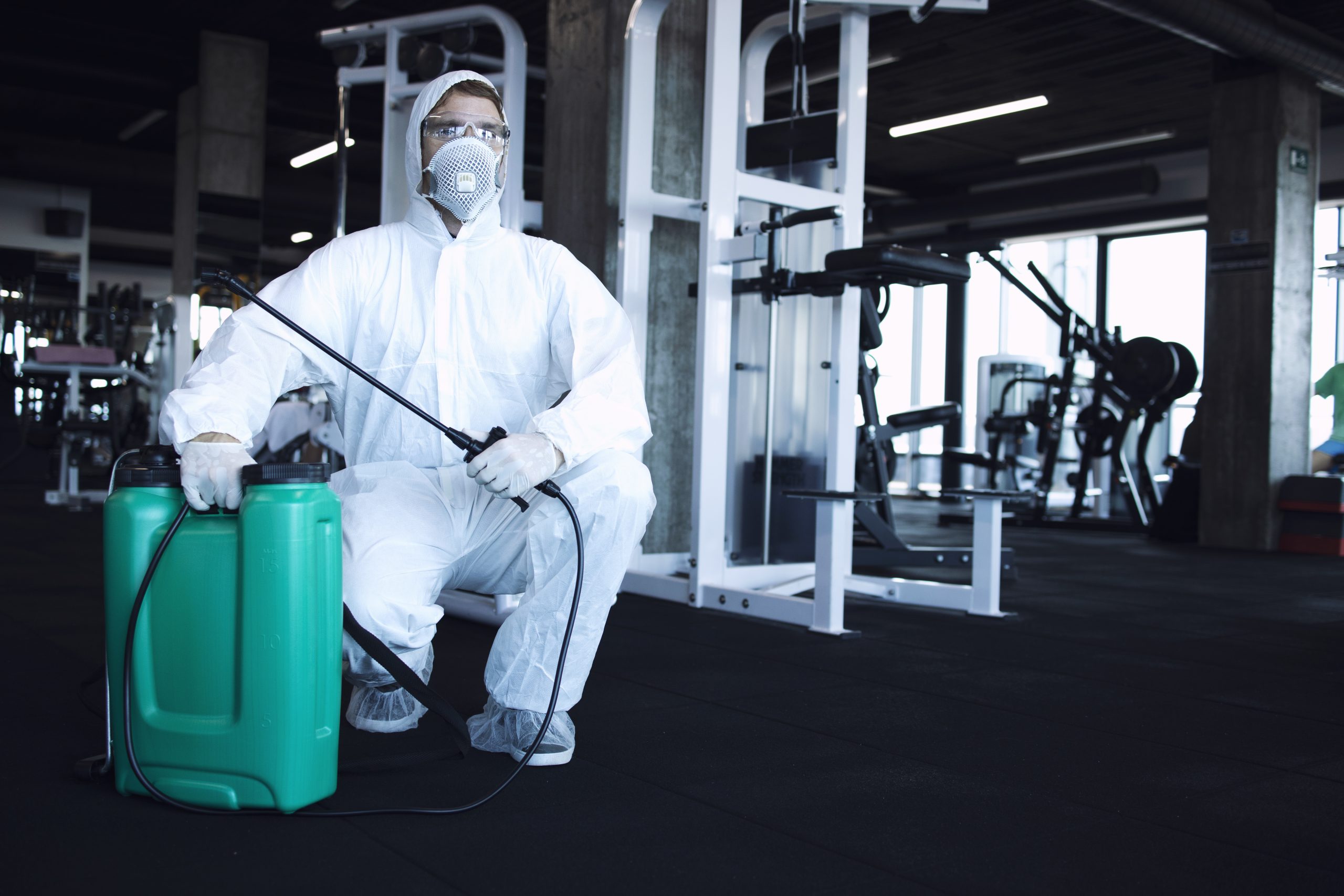
When choosing a pest control company, look for someone experienced in working with sports facilities. They should understand the unique challenges these environments present and be able to implement safe and effective control methods that minimize disruption to operations. Focusing on Integrated Pest Management (IPM) practices and a commitment to clear communication are critical indicators of a reliable partner in your fight against pests.
Continuous improvement and adapting to seasonal changes
The fight against pests is an ongoing battle, and the key to success lies in continuous improvement. Regularly evaluate the effectiveness of your pest control strategies and make adjustments as needed. Remember, pests can adapt and change their behavior over time. Staying informed about new pest threats and evolving best practices is crucial for maintaining a proactive approach.

Environmental conditions can also influence pest activity. Seasonal changes might necessitate adjustments to your control methods. For example, increased moisture levels during spring might require additional focus on moisture control to deter moisture-loving pests. The world of pest control is constantly evolving, with new technologies and control methods emerging. Facility managers who stay informed about these advancements can leverage the latest tools and strategies to maintain a more effective and sustainable defense against unwanted guests. By remaining vigilant and adaptable, you can ensure your sports facility remains a haven for athletes, staff, and spectators and not for uninvited pests.
A final word on pest control for a pest-free sports facility
Keeping your sports facility pest-free is crucial in ensuring a safe, enjoyable experience for athletes, staff, and spectators. By implementing a comprehensive pest control strategy, you can create a winning environment that prioritizes health and well-being. This approach involves several key elements. Focus on preventative measures like proper facility maintenance, sealing potential entry points, and maintaining a clean and hygienic environment. Regular inspections and monitoring programs allow for early detection of pest activity, enabling a swift response before problems escalate. Partnering with a reputable pest control company brings expertise and resources to the table, ensuring customized treatment plans and ongoing support.
Don’t underestimate the power of a proactive approach. Remember, a small pest problem can quickly escalate into a significant disruption if left unchecked. By prioritizing pest control efforts and maintaining a vigilant defense, you safeguard your facility’s reputation and create a welcoming environment for everyone. Ready to experience a winning strategy for pest control? Visit Zuper’s website today to schedule a free demo and learn how our comprehensive solutions can help keep your sports facility pest-free. Together, we can create a healthier, happier space for athletes and fans alike.
